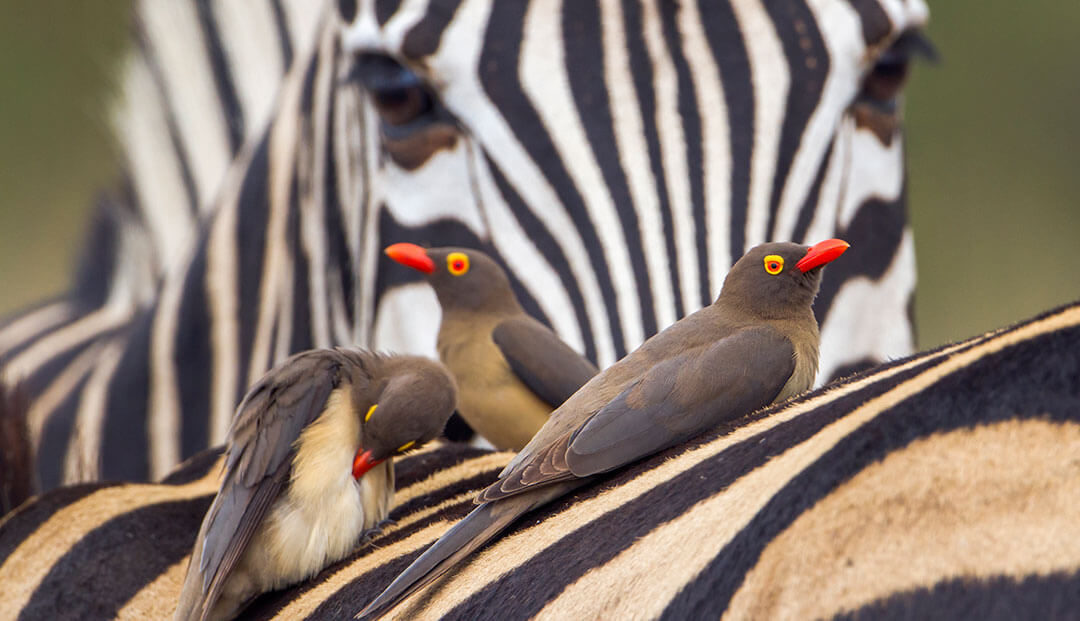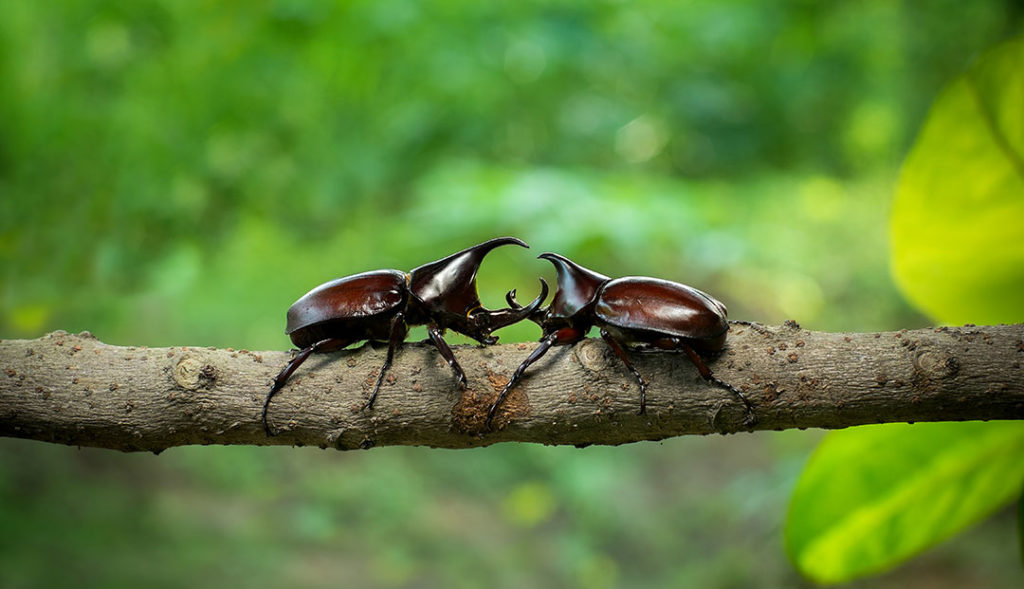If you’ve ever had the pleasure of experiencing a safari in Africa, chances are you have heard of the term The Big Five.
A notorious group of animals, the Big Five are considered to be the most incredible and exhilarating of the wildlife species to witness while of a safari. However, these large animals are not the only exciting animals to keep an eye out for during a safari experience in Africa.
The Little Five, sometimes referred to as the Small Five, is a term used to draw attention to the smaller and sometimes more fascinating creatures of the bush.
The Little Five are a group of small mammals and insects that correspond and relate to the Big Five through their names and physical characteristics. For example, the ‘elephant’ to the ‘elephant shew’, the ‘buffalo’ to the ‘buffalo weaver bird’ and the ‘lion’ to the ant lion.
The Little Five
Here is a closer look at the Little Five and how you can spot them when you’re deep in the African wild.
The Elephant Shrew
Named for their elongated snouts, elephant shrews are small mammals, no bigger than a large mouse. Their little trunks are quite flexible, which they use to twist and sniff out insects in tiny holes. Elephant shrews are found throughout Southern Africa and Botswana in a number of different habitats including savannah grasslands, dense woodlands and rocky outcrops.
Despite their abundance, shrews are known to be tricky to spot, due to the fact that they are one of the fastest small animals on the planet. Although they are not very social, elephant shrews live in monogamous pairs, paired up for reproduction purposes. Elephant shrews feed on insects, fruit, seeds and nuts and in turn, they are food for snakes and large birds, making them shy and weary.
Buffalo Weaver Bird
The buffalo weaver bird is the easiest to spot of the Little Five, mostly because they are very vocal. There are three species of the Buffalo Weaver bird; the white-headed buffalo weaver, the white-billed buffalo weaver and the red-billed buffalo weaver. All three species can be seen in countries such as South Africa, Kenya and Tanzania.
The three species are distinct in appearance, with a variety of various characteristics ranging in different colours of heads and bodies. They are social animals that live in noisy colonies, building intricate nests with forked branches, small sticks and dry grass. They nest in open colonies, where male buffalo weaver birds tend to
Rhinoceros Beetle
Known for their body armour and impressive strength, rhinoceros beetles get their name from the hook-shaped horn on their heads. The horns are used for digging, climbing and mating, and males use their horns during battle fights. Rhinoceros beetles can be found worldwide, with over 300 species roaming the planet, 60 of which can be found in Southern Africa. Some species can grow up to 15 centimetres in length although the largest Southern African rhinoceros beetle will only reach around five centimetres.
The size of the horn of the beetle is a good indicator of nutrition and physical health. Despite their size and fierce appearance, rhinoceros beetles are completely harmless to humans. Surprisingly, they have even become popular pets in some parts of Asia due to the fact that they are easy to maintain and safe to handle.
Leopard Tortoise
The unique gold and black markings on the backs of these tortoises resemble the spots of a leopard. Found throughout sub-Saharan Africa, in areas of scrubland and Savannah they often graze on dry grass and seek shelter close to water.
Leopard tortoises can often be roaming along the side of long, quiet road. Typically solitary animals, leopard tortoises will seek shelter in abandoned burrows of jackals and hyenas. Living up to 100 years, leopard tortoises are incredibly resilient, climbing and swimming to wherever they need to be. These tortoises are the fourth-largest of the world’s tortoises and the largest tortoise found in Africa. A mature leopard tortoise can grow up to one metre in length and can weigh over 23 kilograms.
Antlion
Just like their lion counterpart, antlions have a notoriously savage temperament despite their size difference. Efficient predators, antlion larvae dig crater-shaped traps in the sand, which they use to catch their prey. They wait at the bottom of the crater, then ambush their victims (usually ants), and suck their prey dry. Once they are done, they toss aside the carcass and wait for their next sufferer.
Antlions can survive for months at a time without food and can live for several years. In their larval stage, antlions have hairy bodies with sharp jaws. In their advanced stages of development, this insect has wings and can sometimes resemble a dragonfly. There are more than 2000 species within the antlion family found all over the world.
We want to hear from you!
Have you seen any of these five animals and insects on your safari travels? Which of the Little Five do you find most interesting and why?
Leave a comment below and let us know your thoughts! We love receiving your feedback!
Thanks for reading!





The antlion is more fascinating. How it captures its prey demonstrates a really ferocious predator.